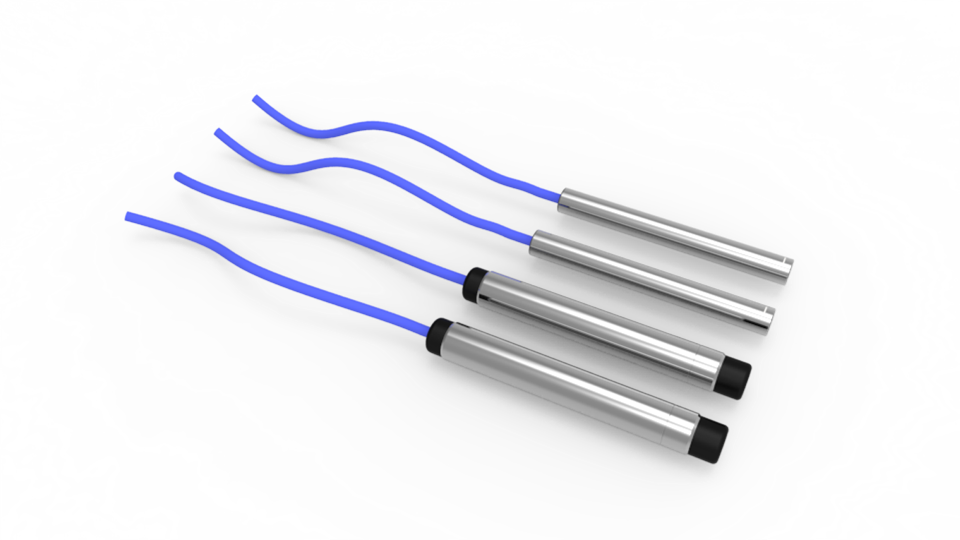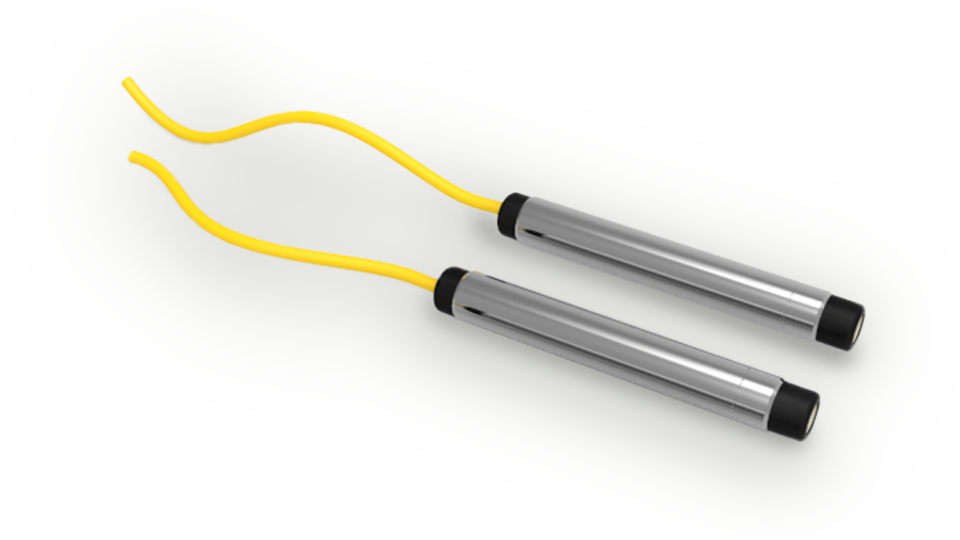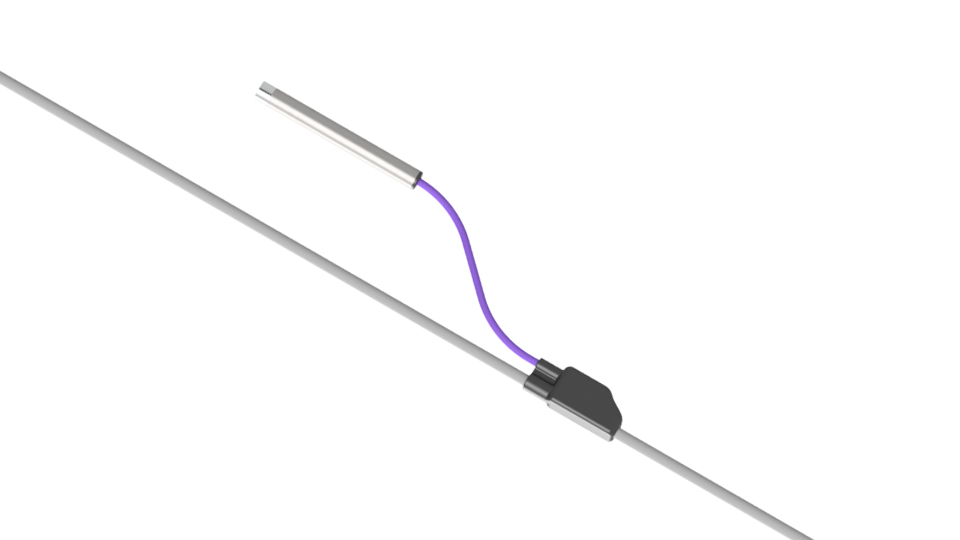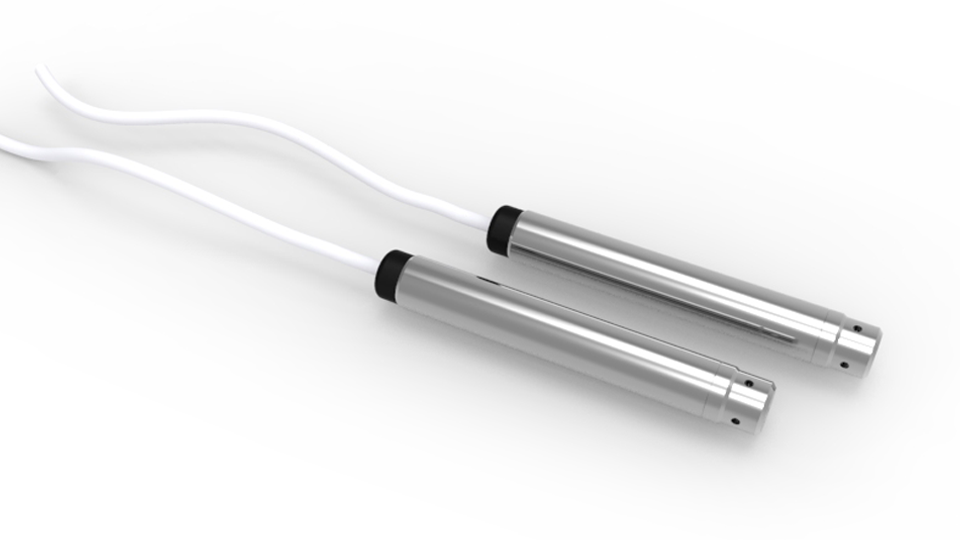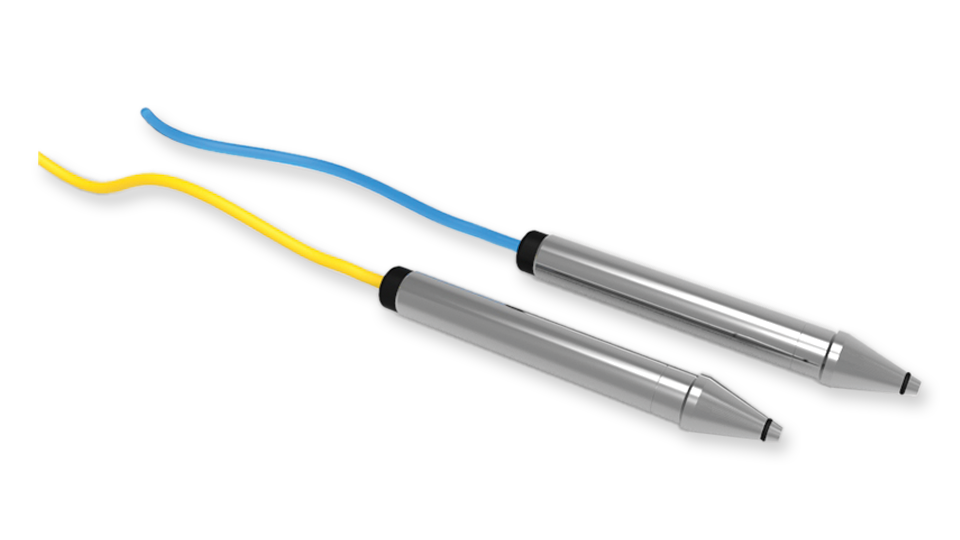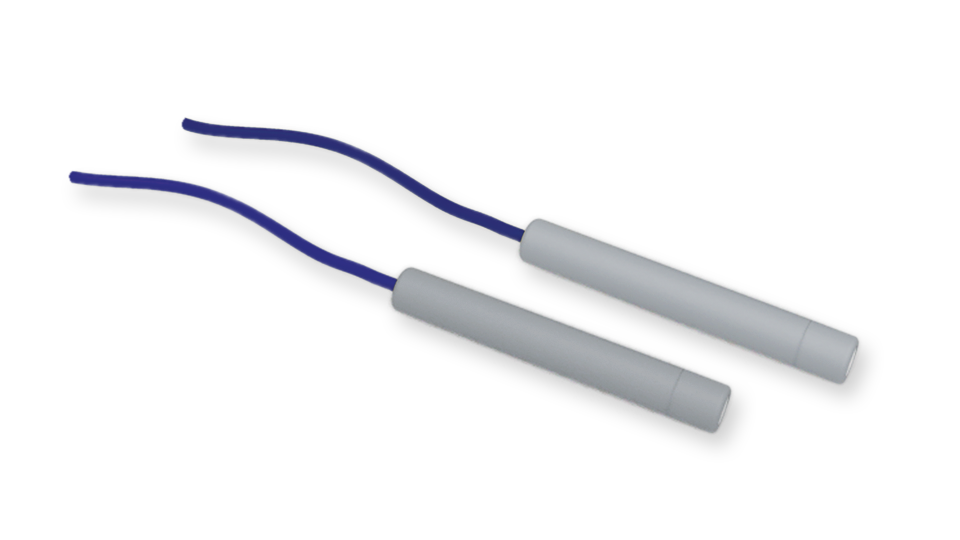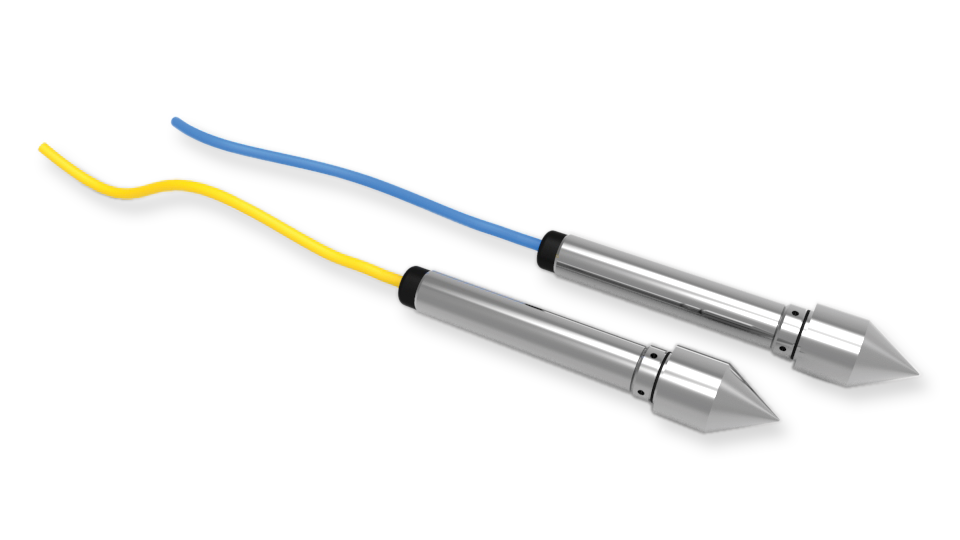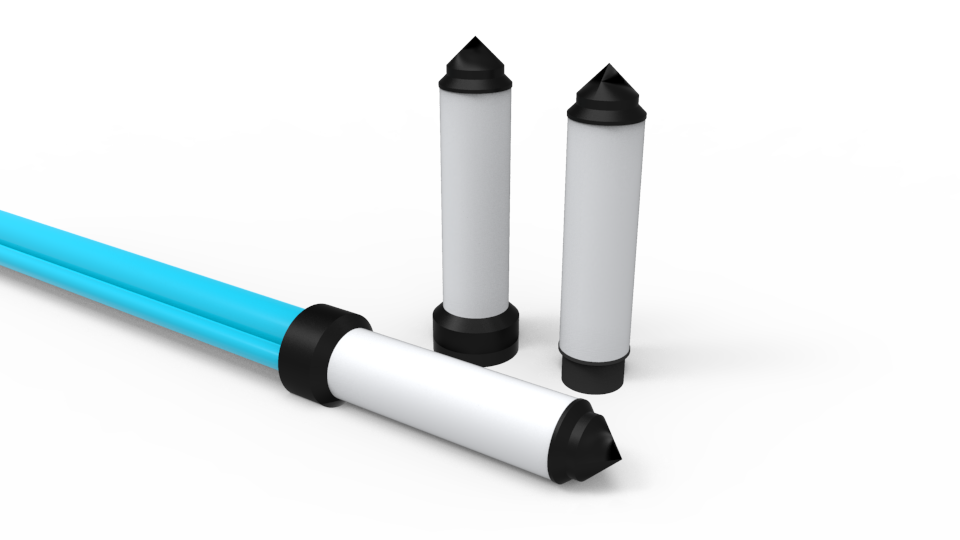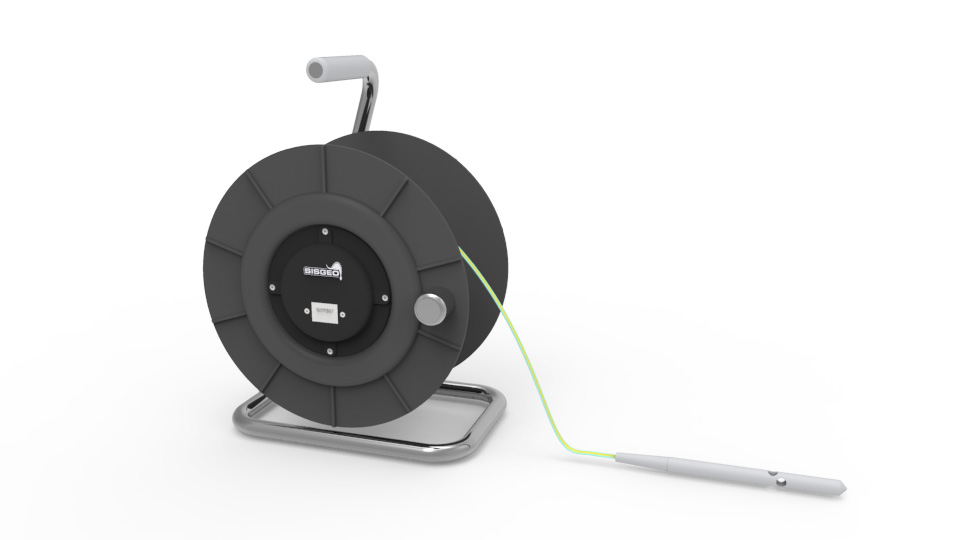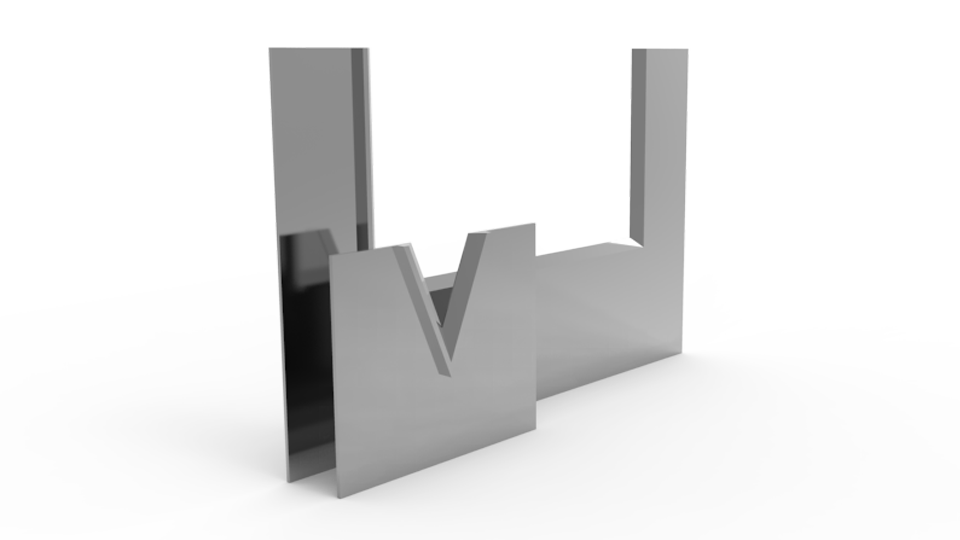Piezometers: Accurate Pore Pressure Monitoring Solutions
Piezometers are essential instruments in geotechnical monitoring, used to measure and monitor pore water pressure within soil and rock formations. These devices play a critical role in applications such as dam rehabilitation, foundations, retaining walls, slopes, tunnels, and mines. By providing precise data on groundwater behavior, piezometers help engineers and geotechnical professionals evaluate the stability of geotechnical structures and assess risks associated with groundworks.
Understanding Piezometer Classifications
Selecting the right piezometer for a geotechnical project is vital but often challenging. The choice depends on the permeability of the soil and the specific objectives of the measurement, such as monitoring groundwater pressure or water levels. They are broadly classified into two types:
- Open Piezometers
- Closed Piezometers
Open Piezometers
Open piezometers, also known as standpipe piezometers, consist of a pipe with a lower section containing a filter (e.g., Casagrande porous filter or slotted pipe) and a blind pipe that connects the filter to the surface. Water flows into the filter and eventually reaches a balanced water level, depending on soil permeability.
- If the filter is within a water table or buried in the phreatic layer, it measures water table levels.
- If the filter is sealed within a specific layer, it measures the pore water pressure of that layer.
Casagrande piezometers, are widely used for monitoring pore water pressure in medium-permeability soils. These devices can be read using a water level indicator (WLI), a Dip Meter, or pressure transducers like the Sisgeo P252R.
Closed Piezometers
Closed piezometers are installed directly in the ground, rock, or at soil-structure interfaces, where precise pore water pressure measurements are needed. These devices feature absolute pressure transducers with varying filter porosities and sensor technologies:
- Resistive Piezometers (Model P235): Best suited for short-term monitoring or high-frequency measurements, such as pumping tests.
- Vibrating Wire Piezometers (Models PK45, PK20): Ideal for long-term monitoring with high reliability, often used in dam projects.
- Multipoint Vibrating Wire Piezometers (Model PK45M): Perfect for monitoring water pressure at multiple depths.
For optimal results, closed piezometers are typically installed using the fully grouted method, which ensures fast installation and responsiveness to pressure variations. In some cases, piezometers can be installed in sandbags or sealed with a cement or bentonite plug, though this can be more challenging.
Additional Applications: V-Notch Weirs
V-notch weirs are used for monitoring flow rates in open channels. These instruments measure water flow using a proportional relationship between water level and flow rate, often applied in dam safety monitoring to track water loss. The measured data provides valuable insights into dam performance as part of a long-term monitoring program.
Standards and Best Practices
For comprehensive guidance on piezometer applications, installation techniques, and best practices, consult the international standard ISO 18674-4: Measurement of Pore Water Pressure – Piezometers. This standard offers valuable recommendations for achieving accurate and reliable results in geotechnical monitoring projects.
For more information on piezometers, we recommend watching the video https://youtu.be/PpMJL4yx4bg?si=qk6VzrCdYxmNJhxj

